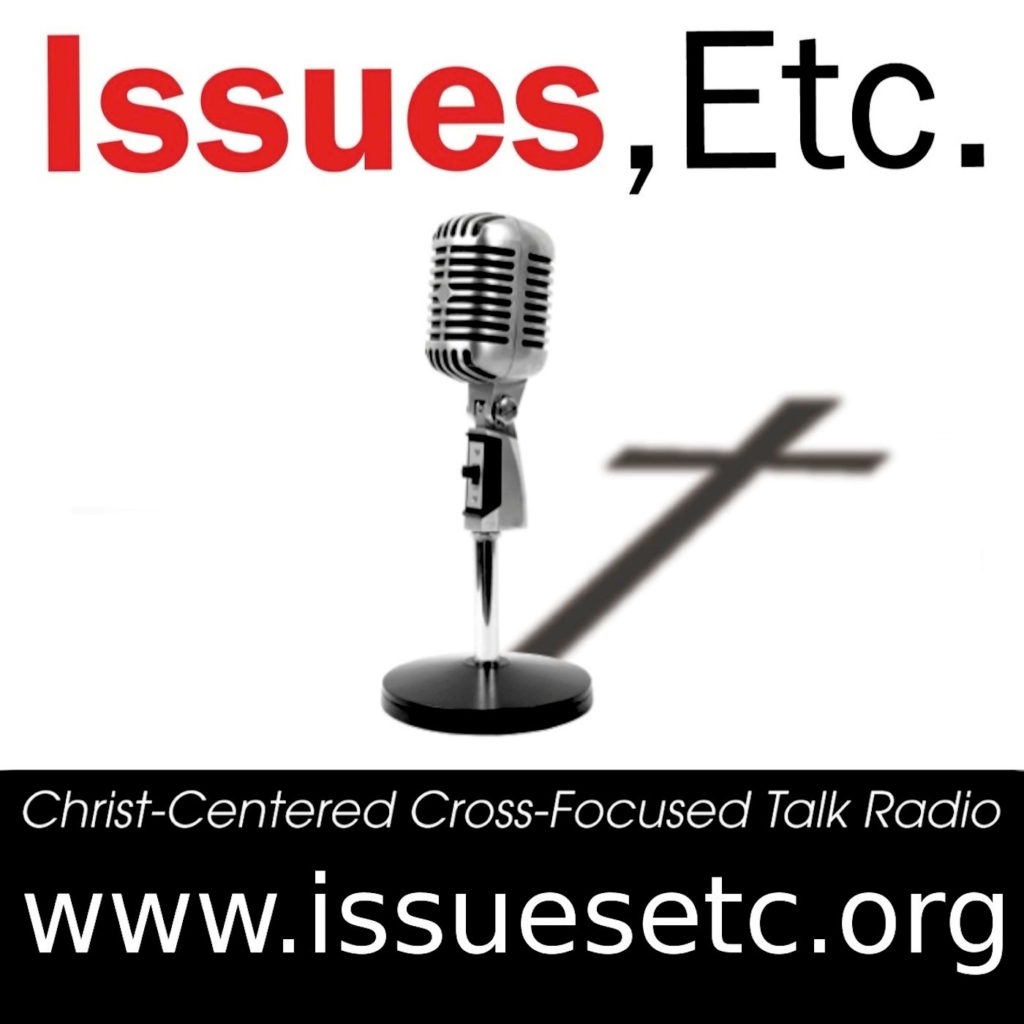Father of American Lutheranism

As a pastor and servant of God’s word, Henry Melchior Muhlenberg accepted God’s divine call to serve the saints on American soil and is remembered on October 7th as the Patriarch of American Lutheranism for his missionary efforts and accomplishments in the New World.
Muhlenberg was born in 1711 in Einbeck, Germany. In his early years, Henry attended university in Göttingen as well as in Halle, where he also went on to teach. After completing his studies in theology, Muhlenberg was ordained into the ministry at the age of 28 and served as the assistant pastor at an orphanage until he accepted the call to minister to the Lutherans overseas.
Henry completed a course of training in London before setting off for America in 1742. When he arrived in the New World, he was met with a scattered, disorganized, and diverse group of Lutherans. Not only were there growing numbers of Lutherans, but there were also other churches and sects whose teachings were mingling with the Lutherans’, making his task even more difficult.
Over 45 years, Muhlenberg, with the help of God, accomplished much. His rightful call was to not just one but three churches in the region of modern day Trappe, Pennsylvania. On one Sunday he would preach two German sermons, one Dutch, and then another sermon in English in the evening. Beyond his regular preaching and teaching, Muhlenberg traveled widely to bring organization and unity to the Lutheran church in America. He founded the first Lutheran synod in America, the Ministerium of Pennsylvania. At its founding Muhlenberg also presented a liturgy that was to unify the worship of the whole Lutheran church in America and was the precursor to the liturgy found in the Common Service Book and The Lutheran Hymnal.

Regarding Henry’s personal life, he met and married Anna shortly after arriving in Pennsylvania, and together they had 11 children. The kids went on to play their own vital roles in early American history. One son, Peter, served as a major general in the Continental Army and later became a congressman. Frederick, his brother, also became a congressman, and their sister Maria married another. The Muhlenbergs also had a pastor, a scientist, and professors who collectively made an all-around impressive mark on the beginnings of the United States.
Muhlenberg retired in 1776 after many years of service on American soil and 15 years in Philadelphia. He was laid to rest next to the historic church in Trappe, Pennsylvania.
History
During his years as a pastor and even into retirement, Henry kept a journal about his daily life, covering everything from formal business to the marriages of his members and even little notes about the sauerkraut the women were making and putting up for the winter. Lutherans today can peek into the heart and work of Henry Melchior Muhlenberg ,who accomplished great things for the church in America but also at times admitted a “yearning desire to achieve a little more quietude where I could gather my thoughts better, spend more time with my wife and children, and bring them up in the nurture and admonition of the Lord.”
Muhlenberg’s final home in what is now Trappe, Pennsylvania, still stands today. It is a two-story home now owned by the Trappe Historical Society and is open to visitors. It has been restored to its condition at the time of Henry’s ownership.

Collect
O eternal Shepherd, look favorably upon Thy cloth and guard it by Thy continual protection: inspire all Pastors through the faithful example of Blessed Henry, to be diligent in their ministry; through Jesus Christ, Thy Son, our Lord, who liveth and reigneth with Thee and the Holy Ghost: ever one God, world without end. Amen.
Lessons
Epistle
Gospel
Resources
Issues, Etc. interview with the Rev. Dr. Gerhard Bode on Henry Melchior Muhlenberg
Propers found in Daily Divine Service Book: A Lutheran Daily Missal, edited by the Rev. Heath Curtis
References:
1. Weedon, William. Celebrating the Saints. Concordia Publishing House. 2016.
Images:
1. Portrait of Reverend Henry Melchoir Muhlenberg, unknown artist after Jacob Eichholtz, American, 1780.
2. Interior of the Old Trappe Church founded by Henry Muhlenberg in 1712 as it appeared circa 1919, John Thomson Faris, 1919.
3. Interior of the Old Trappe Church founded by Henry Muhlenberg in 1712 as it appeared circa 1919, John Thomson Faris, 1919.
Some links might be affiliate links which means we may receive a small commission at no extra cost to you. As an Amazon Associate we earn from qualifying purchases.



